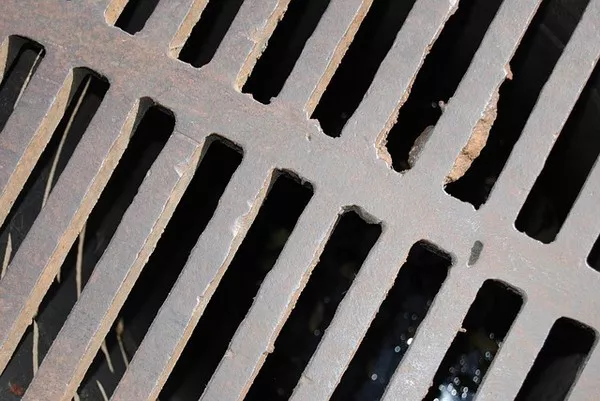Sewage treatment is an essential aspect of maintaining public health and environmental sustainability. One critical component within the sewage treatment process is screening, a preliminary treatment stage designed to remove large objects and debris from wastewater. This article explores the significance of screening in sewage treatment, its various types, and its role in ensuring the effectiveness of downstream treatment processes.
The Importance of Screening in Sewage Treatment
Screening serves as the first line of defense in sewage treatment, playing a crucial role in protecting downstream treatment units and preventing damage to equipment. It primarily involves the removal of large and coarse materials such as sticks, plastics, rags, and other debris present in wastewater. The objective is to ensure that only liquids and smaller particles proceed to subsequent treatment stages, allowing for more efficient and cost-effective processes.
By eliminating bulky materials at the screening stage, potential problems downstream, such as clogging, abrasion, and interference with biological treatment, are significantly mitigated. Moreover, effective screening helps prevent damage to pumps, pipes, and other equipment, ultimately contributing to the overall longevity and reliability of the sewage treatment plant.
Types of Screening
Various screening technologies are employed in sewage treatment facilities, each designed to address specific types of debris and achieve different levels of screening efficiency. The two primary types of screens used in sewage treatment are coarse screens and fine screens.
Coarse Screens:
Coarse screens are the first point of contact with incoming wastewater and are designed to capture large objects. These screens typically have openings ranging from 25 to 150 millimeters and are effective in preventing large debris from entering subsequent treatment units. Common types of coarse screens include bar screens and rotating drum screens.
Bar Screens: These screens consist of parallel or inclined bars spaced to allow water to pass through while retaining larger objects. The bars are cleaned either manually or automatically to remove the accumulated debris.
Rotating Drum Screens: This type of coarse screen consists of a rotating drum with perforations through which water passes. Debris is collected on the drum surface and is removed mechanically or by a water jet.
Fine Screens:
Fine screens are installed downstream of coarse screens and are designed to capture smaller particles and materials. They typically have openings ranging from 6 to 25 millimeters and play a critical role in protecting sensitive downstream processes. Fine screens use various mechanisms for capturing and removing debris, such as screens with fixed or moving elements and band screens.
Fixed Bar Screens: These screens feature closely spaced vertical bars that intercept smaller particles as wastewater passes through. The collected debris is removed manually or by mechanical means.
Moving Belt Screens: In this design, a continuous belt with fine openings moves through the wastewater, capturing small particles. The belt is then cleaned to remove the accumulated debris.
Role of Screening in Downstream Processes
Effective screening not only safeguards equipment and prevents blockages but also enhances the overall efficiency of downstream treatment processes. Once large debris is removed, the wastewater proceeds to subsequent treatment stages, such as grit removal, primary sedimentation, and biological treatment, with reduced risk of operational issues.
Grit Removal: After screening, wastewater may still contain gritty materials such as sand and gravel. The removal of grit is crucial to prevent abrasion and wear on pumps and other mechanical equipment. Efficient screening ensures that grit removal processes can function optimally.
Primary Sedimentation: In primary sedimentation tanks, larger solid particles settle to the bottom, forming sludge. Effective screening minimizes the amount of solid material entering these tanks, resulting in cleaner effluent and reducing the frequency of sludge removal.
Biological Treatment: In biological treatment processes, microorganisms break down organic matter in wastewater. Large debris can interfere with the growth of these microorganisms, reducing the effectiveness of the treatment. Screening ensures that the microbial environment remains conducive for efficient biological treatment.
See Also What Causes Sewer Backup In Bathtub
Conclusion
In conclusion, screening is a fundamental and indispensable step in sewage treatment processes. By removing large and coarse materials from wastewater, screening not only protects downstream treatment units and equipment but also enhances the overall efficiency of the treatment plant. The proper selection and maintenance of screening equipment are crucial for achieving optimal performance and ensuring the longevity of sewage treatment facilities. As municipalities and industries continue to prioritize environmental stewardship, understanding and investing in effective screening technologies remain paramount in the pursuit of sustainable and responsible wastewater management.

